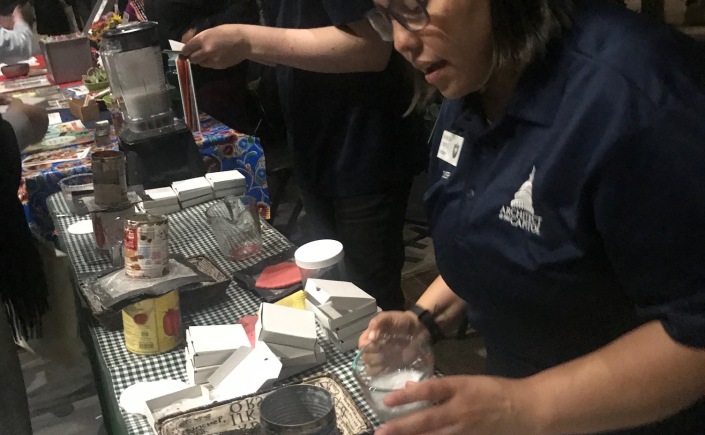Bonnie Bracey Sutton Part One… Two Pages
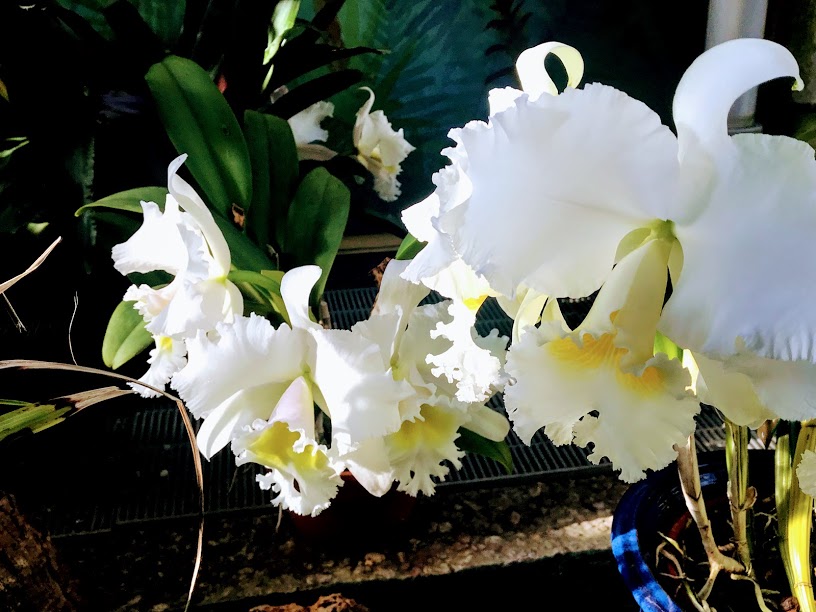
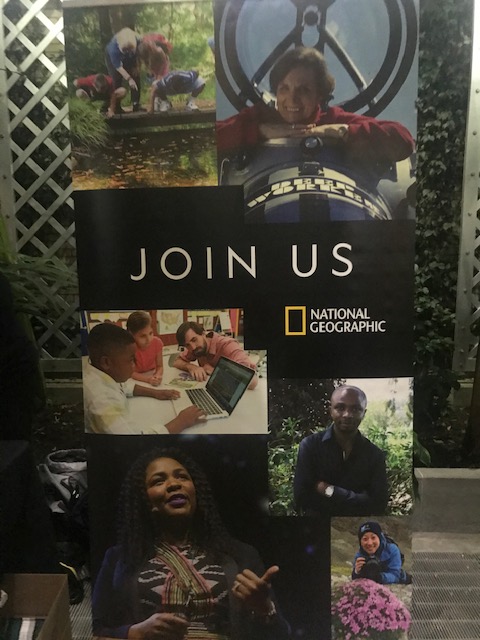
If you just think of the National Botanical Gardens place as a place to see orchids , and the annual Christmas show you need to re-think and connect with incredible learning resources.
There were so many things to share , I had to think about how to tell you . Some of the resources are national so I start with the National Geographic.
Explore NGS
https://www.nationalgeographic.org

https://www.nationalgeographic.org/education/
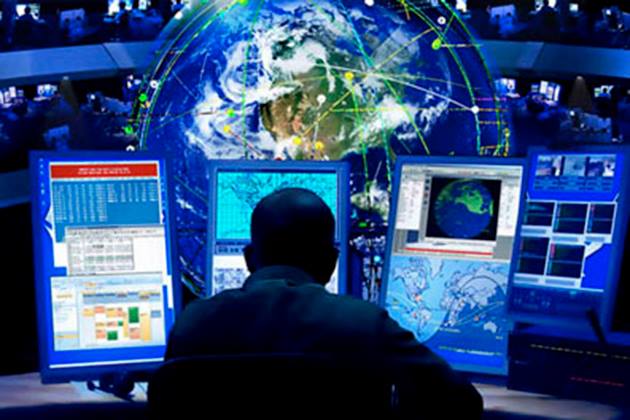
Learn of and create your own classroom library and personal resources.
Take the free professional development courses.https://www.nationalgeographic.org/education/professional-development/
National Geographic’s free online courses for educators equip teachers with powerful tools to transform their classrooms. Through these courses, educators build their own skills and knowledge so they can foster the mindset of a National Geographic Explorer in their students. National Geographic online professional learning courses vary in their lengths and schedules so that busy educators can find a program that fits their needs.
Courses here:
COURSE LIST:
- EDUCATOR CERTIFICATION
- CONNECTING THE GEO-INQUIRY PROCESS TO YOUR TEACHING PRACTICE
- TEACHING GLOBAL CLIMATE CHANGE IN YOUR CLASSROOM
- COLLECTING DATA TO EXPLORE PLASTIC POLLUTION IN OUR COMMUNITIES
- MAPPING AS A VISUALIZATION AND COMMUNICATION TOOL IN YOUR CLASSROOM
- INTEGRATING SERVICE WITH LEARNING GOALS
Then reward yourself with a grant.
The National Botanical Gardens were born of an expedition. I think most people do not know the Wilkes Expedition.It should be a movie. It is a fascinating tale .
You can learn about and explore it here. I call it the master map.
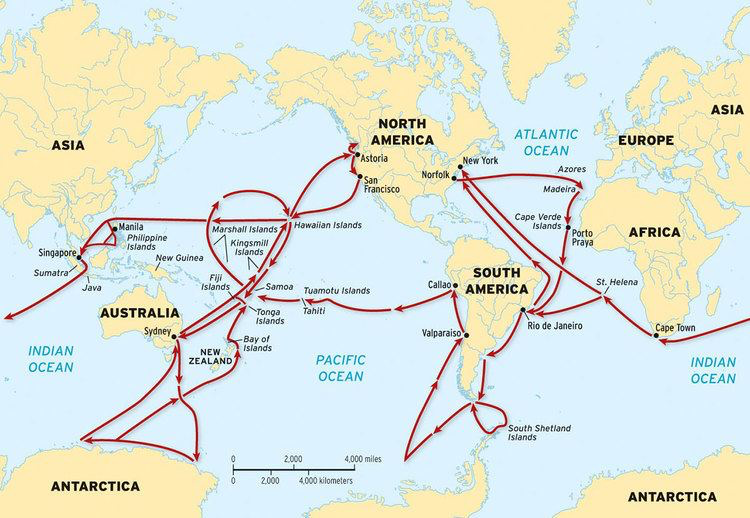
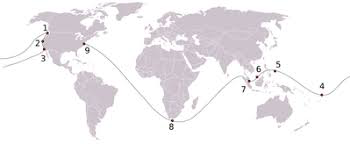
and in Wikipedia links.https://timeandnavigation.si.edu/navigating-at-sea/us-goes-to-sea/wilkes-expedition
https://guides.lib.uw.edu/research/pnw/exploration/wilkes_expedition
Some plants in the National Botanical Garden are from the expedition.
https://www.usbg.gov/become-junior-botanist
